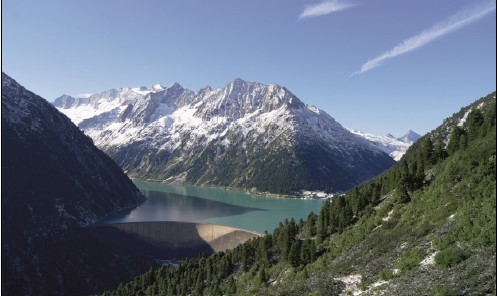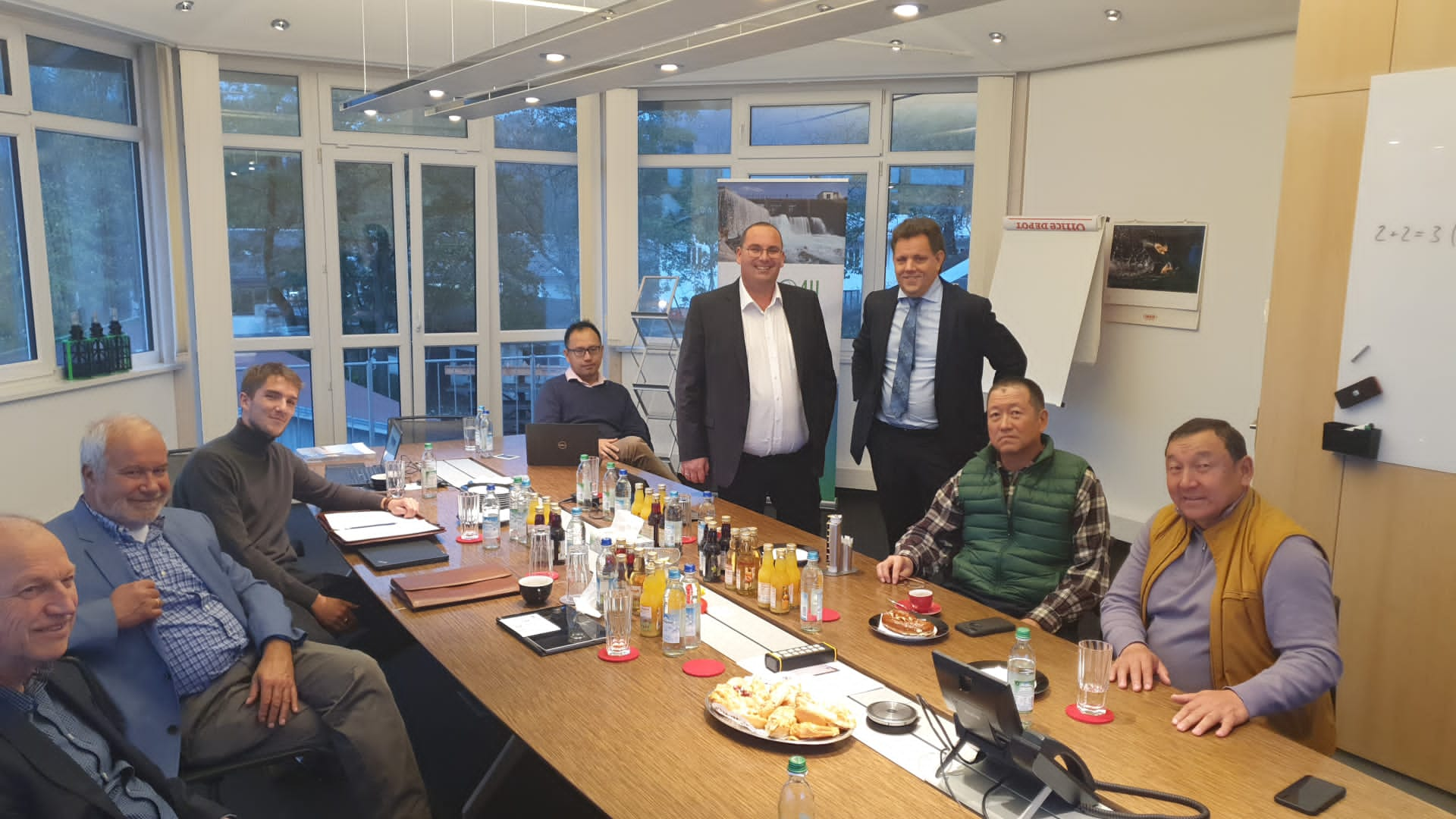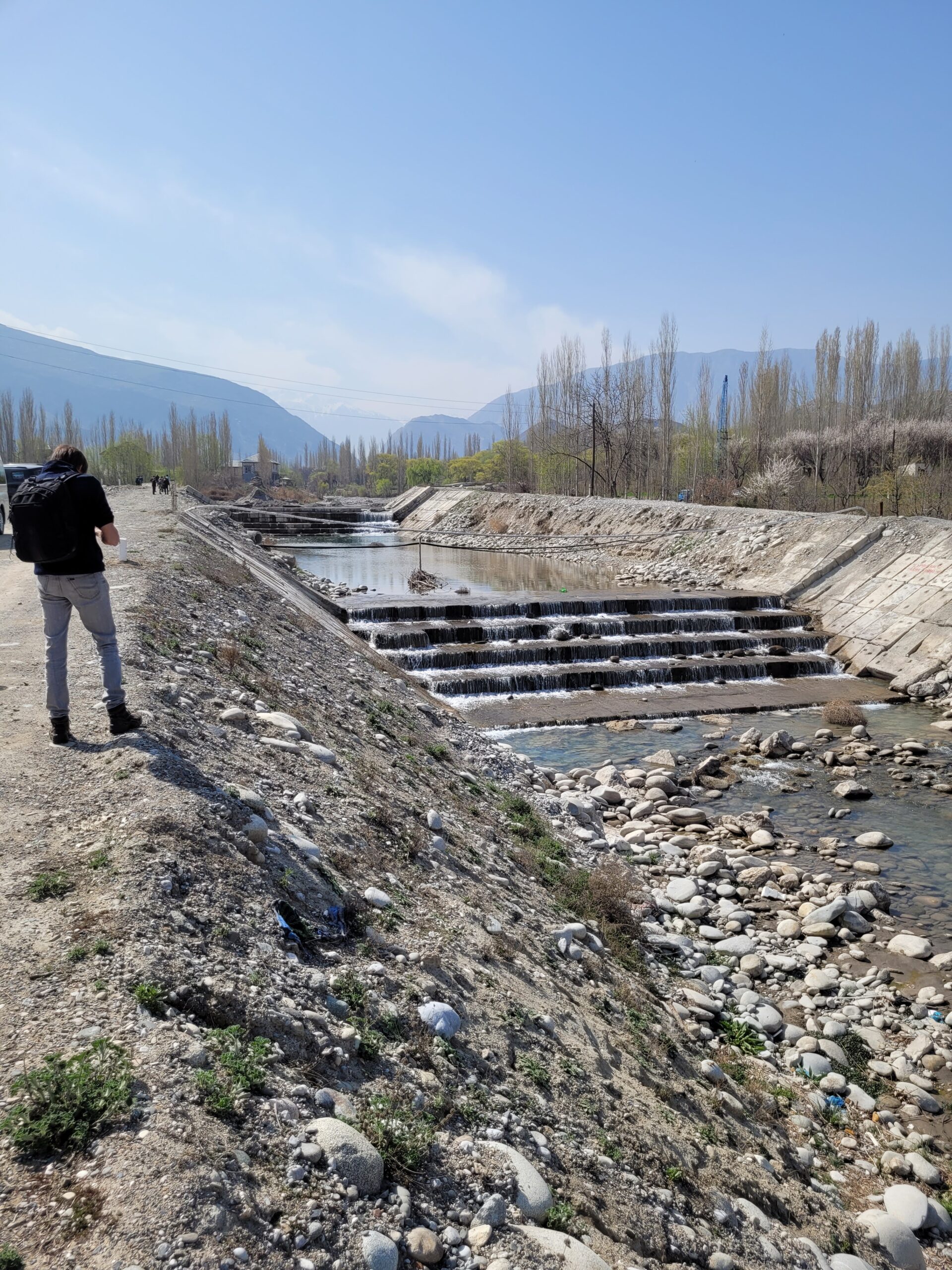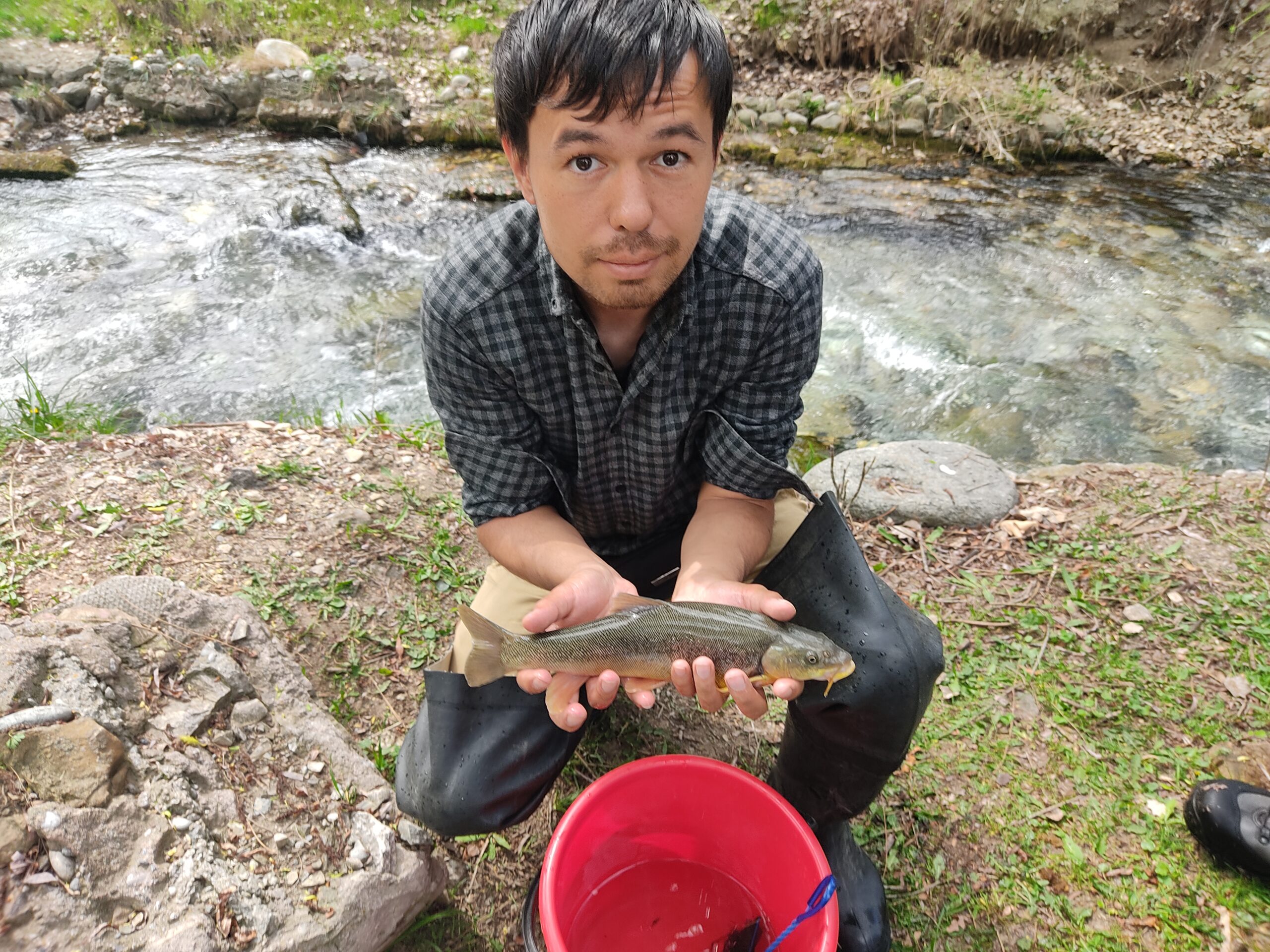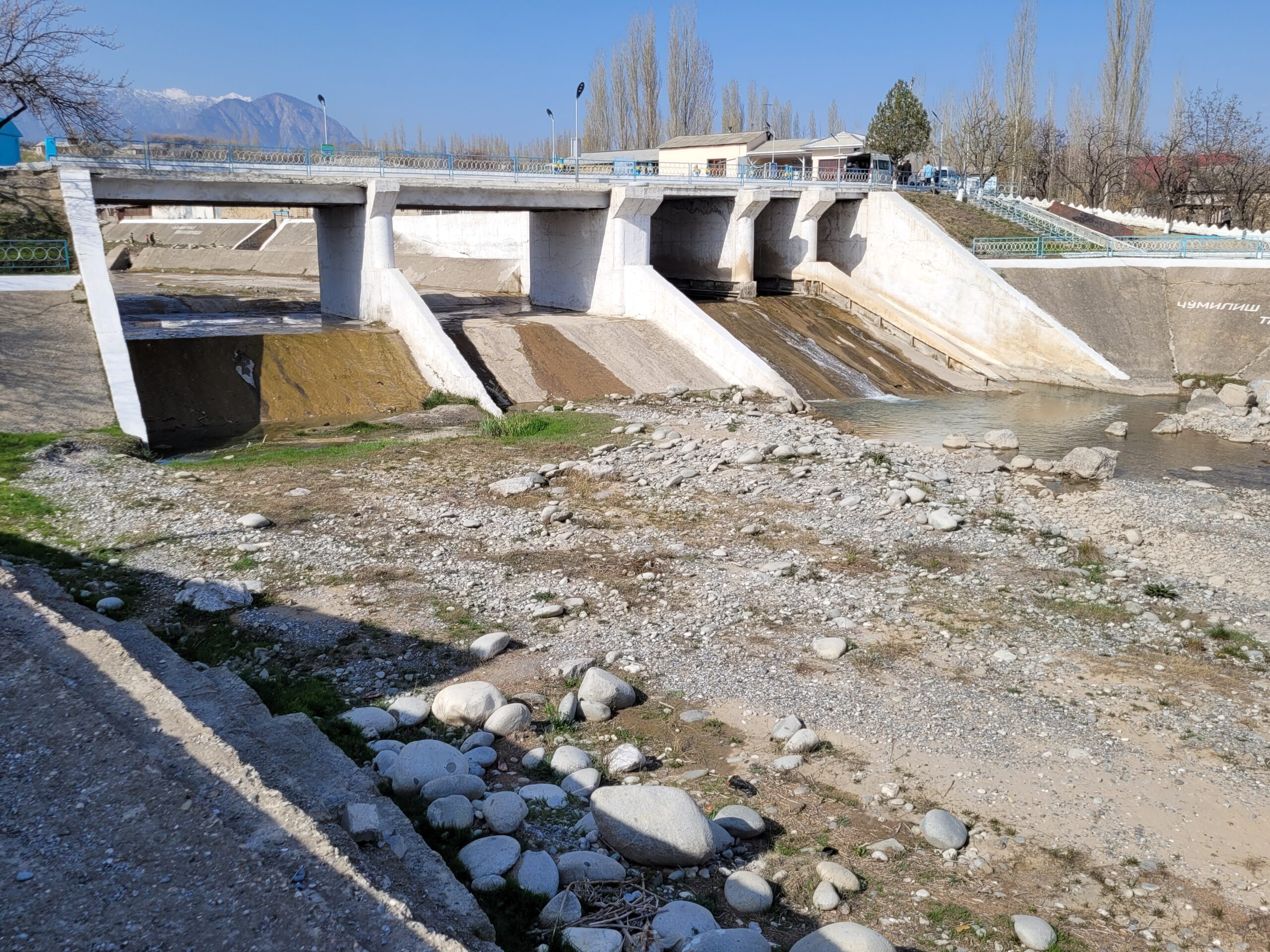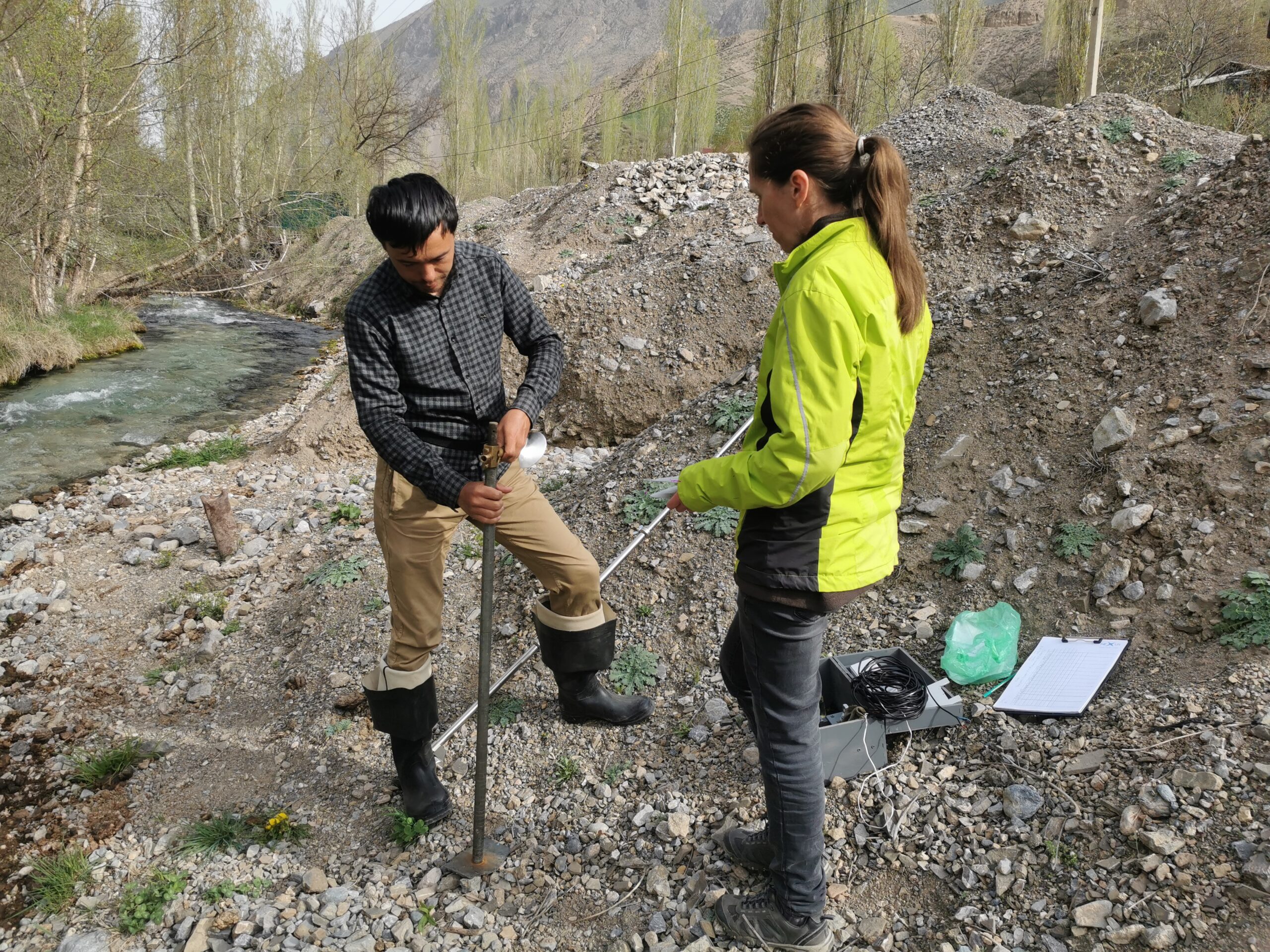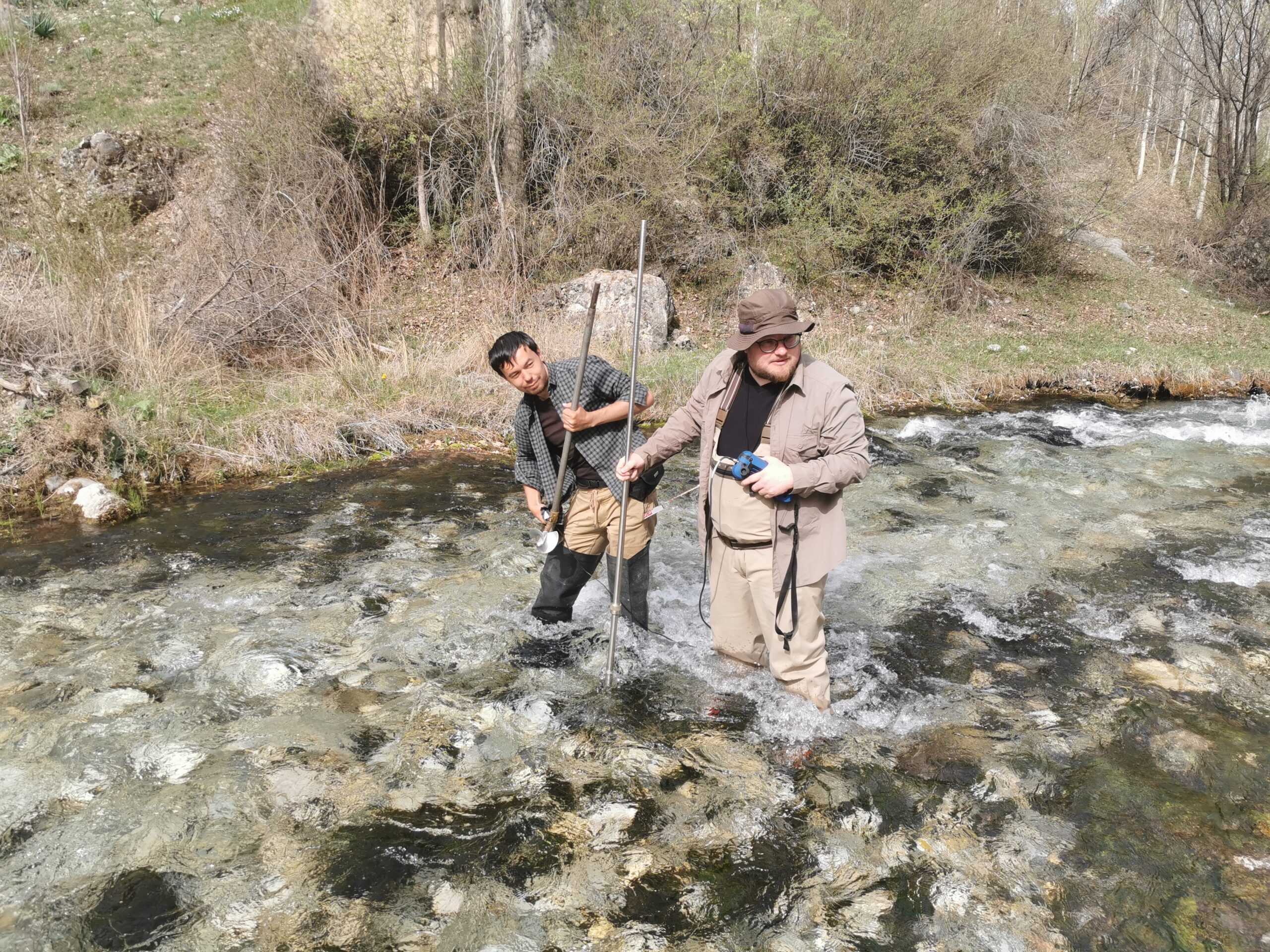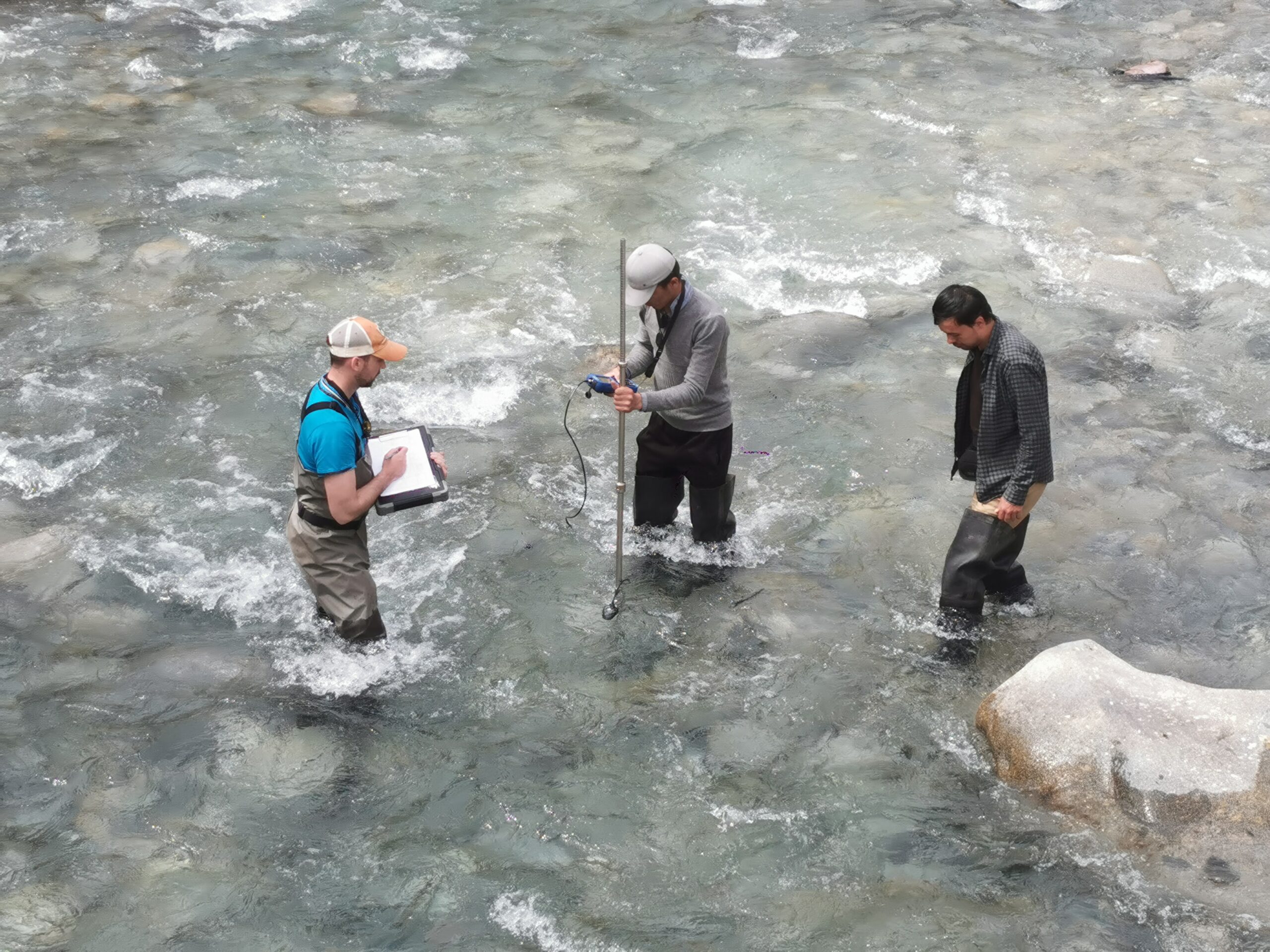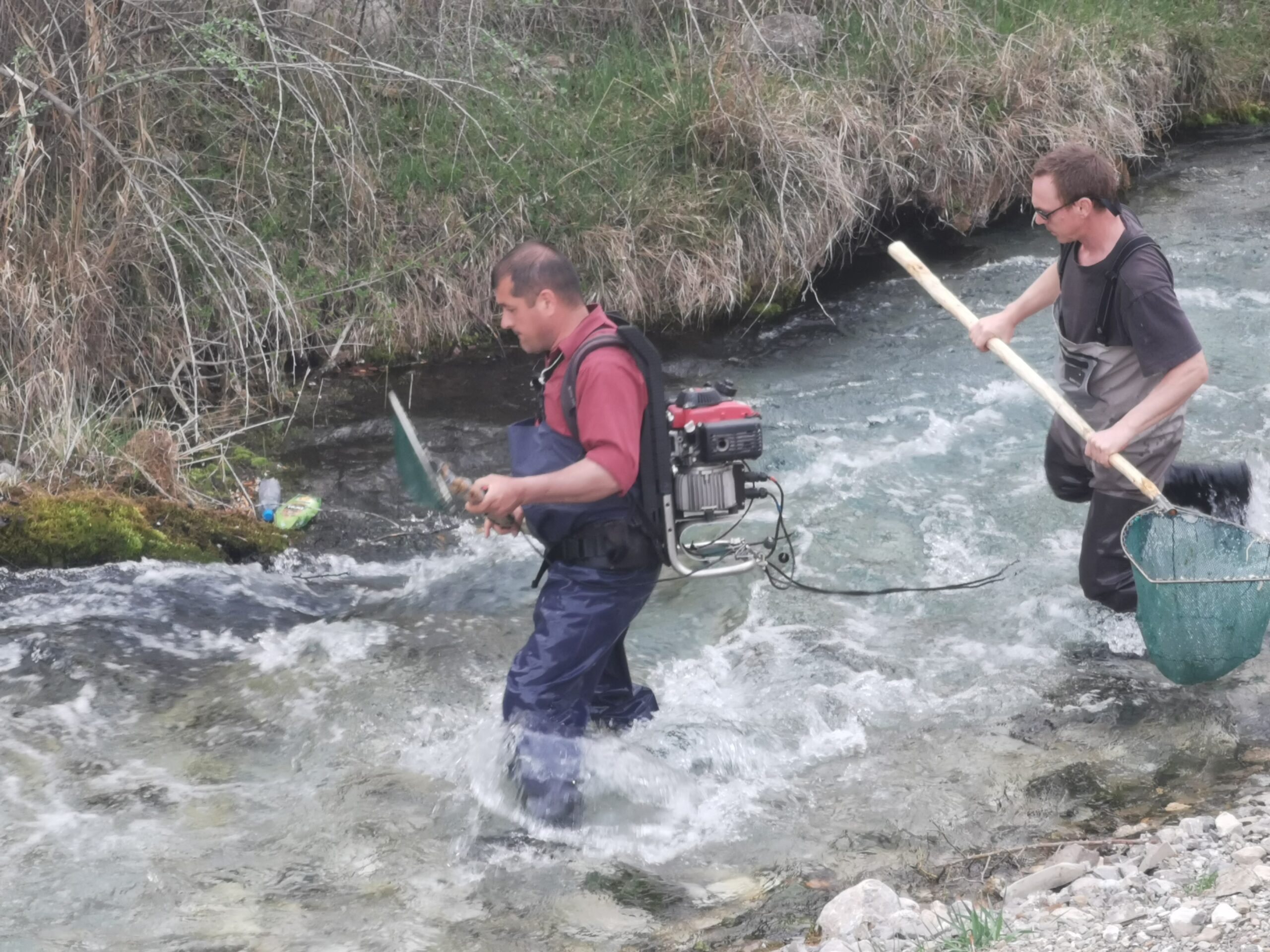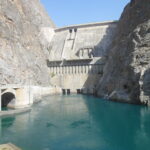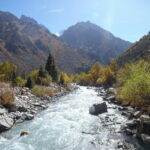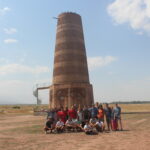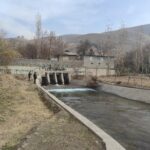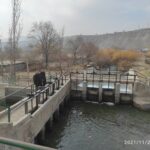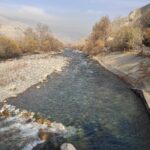On 8th August 2022, Hydro4U partner Bakhtiyor Karimov (TIIAME NRU) presented first ecological results of the Shakimardan case study at the 36th Congress of the International Society of Limnology (SIL) in Berlin, Germany. Moreover, Hydro4U partners TIIAME NRU, INBO and BOKU IHG have published a related conference proceeding titled ”Biodiversity and anthropogenic impacts on fishes of Shakimardan River drainage, Ferghana valley, Central Asia”.[1]
In Central Asia since 1960s, many of native fish species were lost or extremely declined in population size and distribution area. Many previously common fish species are hard to find today. Therefore, the last International Union for Conservation of Nature (IUCN) assessment has estimated more than one third of fish fauna in the region as data deficient. Since 1960s, Central Asia has developed large-scale irrigated agriculture with a multitude of hydro-technical infrastructure and diversion. Only in Uzbekistan, a total length of the inter-farm and on-farm irrigation networks amount to 27,868 km and 154,957 km respectively (which is four times the length of the Earth’s equator).
Shakimardan River drainage, Ferghana valley, Central Asia
The Koksu river is characterised by an upstream natural sediment dam, which was caused by a massive earthquake in the XVI. century. After the emergence of the dam, the large lake Kurbankul was formed at an altitude of about 1,725 m a.s.l. The lake is fed by the melting of snow and glacier and supplies the downstream Koksu River with water by draining through the sediment dam.
The Shohimardonsoy (Shakimardan) river basin is located in the territory of Kyrgyzstan and Uzbekistan (Shakimardan enclave). The Shakimardan River is formed by the confluence of the Aksu and Koksu rivers. Most of the 1,300 km² large basin is high mountainous and the length of the river is 112 km.
River ecology and fish migration barriers surveys
The Shakimardan River drainage features over ten barriers, particularly in its middle and downstream reaches, many of them being fully impassible for upstream migrating aquatic biota.
Fish Diversity and Migration Studies
The Shakimardan river drainage was connected to the Syrdarya River until the 1960s. Until this time, potamodromous fish species from downstream parts were likely able to swim upstream into Shakimardan river and its tributaries. However, starting in the 1960s, development of intensive water extraction for the cotton monoculture has led to transformation of the riverbed and instream connectivity. Present studies have revealed that today, many water distribution facilities and dams form unpassable barriers for fish and fragmentation of previously connected rivers and river sections.
Sampling sites
At the 2022 spring field trip, BOKU IHG and TIIAME NRU sampled 21 sites consisting of 41 mesohabitat units (i.e., pool, riffle, run, ruffle, pocket pools, cascade, or combinations thereof) with backpack electrofishing gear (Honda FEG 1500, 1.8 kW). In detail, they sampled 9 sites in Koksu river (distributed from the source to its mouth), 3 sites in Aqusu river, 7 sites in Shakimardan river (4 in the Uzbek mainland close to the town of Vodil, 3 in the enclave of Shakimardan) and 2 sites in downstream diversion channels to gain a better understanding on fish biodiversity, distribution and population status in the basin. Electrofishing was not permitted in the river section of the Kyrgyz Republic.
CONCLUSIONS
The sustainability approach of the small hydropower construction demands that habitat connectivity for fish in Koksu river is ensured. Therefore, the following key tasks are needed:
- The environmental flows allocation must provide minimum depths to enable fish migration.
- The artificial barrier (waterfall) located in the future environmental flows stretch needs to be re-constructed to ensure fish migration
- The hydropower plant must be equipped with a fish pass and downstream migration solutions
In both cases, nature-like or technical solutions are viable options. In general, the former is preferred from a fish ecological perspective over the latter as nature-like migration facilities may also constitute better usable habitats for riverine fish.
Areas of necessary action therefore include:
- protecting free-flowing rivers and critical habitats
- restoring habitat connectivity and ecological water flows
- halting over-exploitation of freshwater species and preventing the spread of invasive species
Authors: Bakhtiyor Karimov, Erkin Karimov, Bernhard Zeiringer, Johan Coeck, Daniel S. Hayes
[1] Karimov, B., Karimov, E., Zeiringer, B., Coeck, J., & Hayes, D.S. (2022). Biodiversity and anthropogenic impacts on fishes of Shohimardon River drainage, Ferghana valley, Central Asia. 36thCongress of the International Society of Limnology (SIL), 7-10 August, Berlin, Germany.

